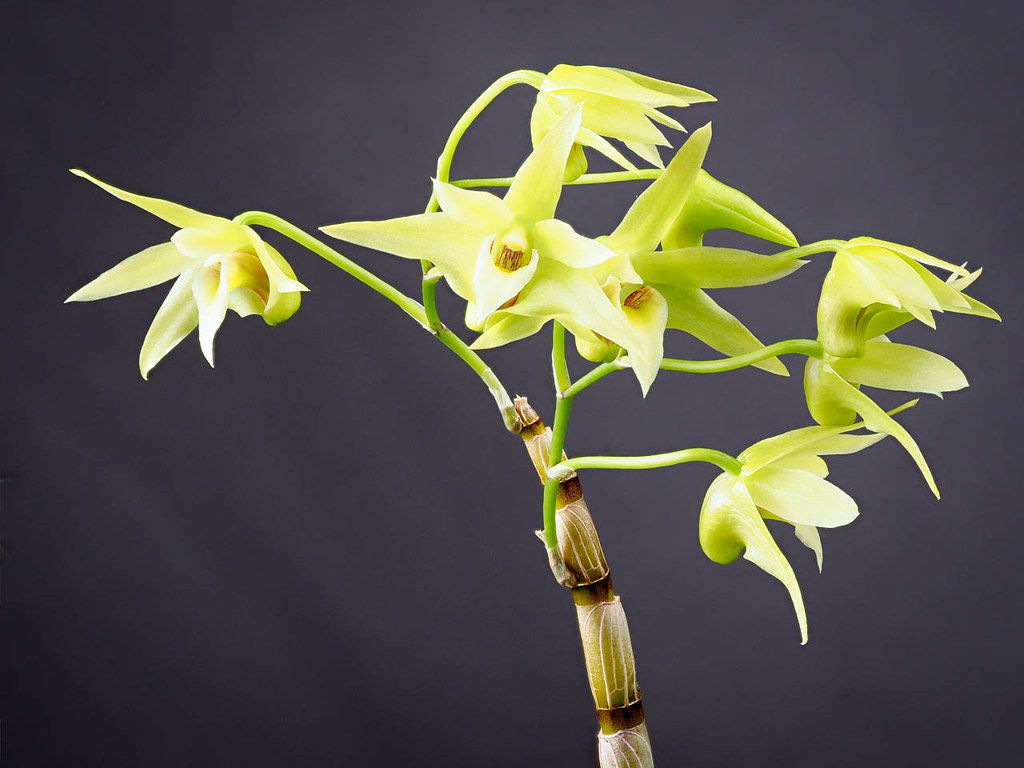
Dendrobium officinale is a relatively wide-spread species, and they used to be relatively abundant in the past. However, they are endangered from over-collection. The purpose of the collection is not for orchid growers, but for its usage as a traditional Chinese medicine, "Tiepi Fengdou", which is the dried stem (cane, pseudobulb) of this species. The shortage in supply and the high price of the cane ($3000/kg; Ding et al. 2002) is driving the over-collection. The fresh stems can be chewed, juiced, or incorporated into cooking. Traditionally, this herbal medicine was used for nourishing Yin by clearing away heat-evil, stomach digestive problems, cough suppressant, anti-cancer, and prolonging life (Ding et al., 2002). While it is difficult to scientifically test some of these aspects such as nourishing Yin, some other benefits of D. officinale are confirmed by modern science (reviewed in Tang et al 2017). Many compounds have been isolated from the species, but effects of polysaccharides are the most extensively studied. D. officinale extract inhibited the growth of tumors in some forms of cancers in vitro. Some studies suggested that the anticancer effect might be coming from the improved immune systems. The extract also seems to lower the blood sugar level. Also after exercise, the extract can couner with the fatigue in a controlled study of mice. In addition to D. officinale, there are biomedical researches which indicates medicinal properties of related Dendrobium species (Cakova et al., 2017).
Habitat and distribution:
According to Flora of China, this species is from moderately damp moutnain at ca 1600m. Here is a link to in-situ photos in Japan.
This species is found in Southeastern China, Taiwan, and Japan. In China, this species is found in W Anhui, W Fujian, NW Guangxi, Sichuan, SE Yunnan, E Zhejiang (Flora of China). Here is a link to maps of Provinces of China to visualize the distribution. In Japan, this species occurs in Okinawa, Kyushu, and Shikoku (distribution map).

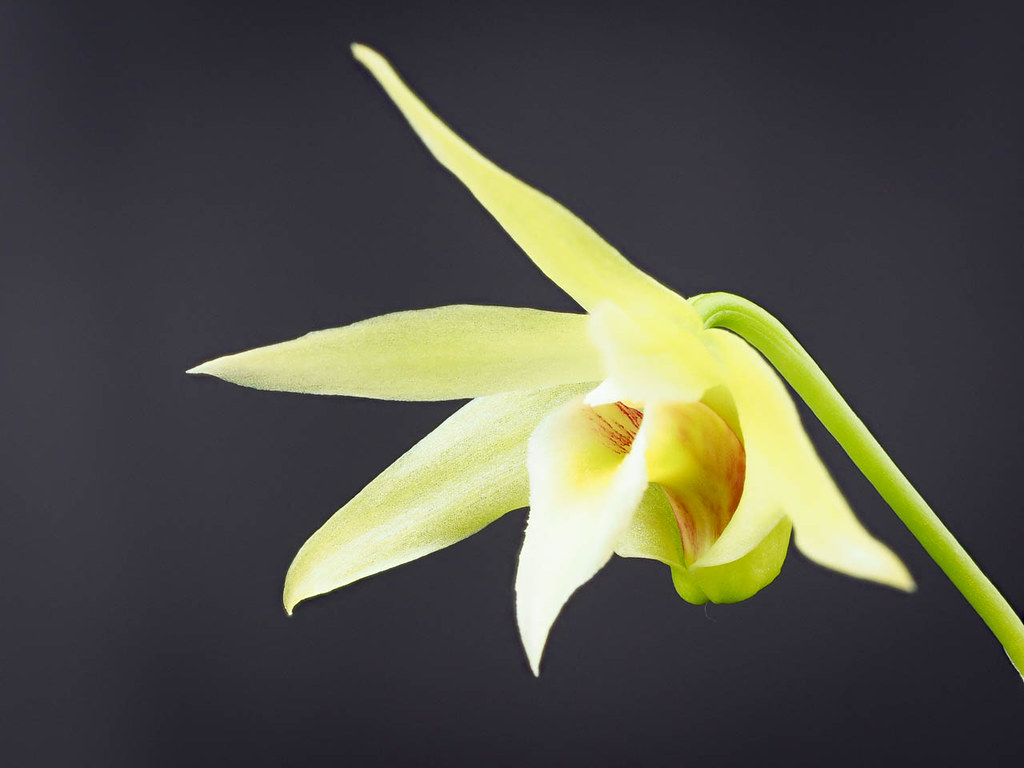
Phylogenetic placement:
This species is phylogenetically close to D. flexicaule, D. scoriarum, and D. shixingense. This D. officinale complex is a sister clade to D. moniliforme complex, which contains D. moniliforme (syn. D. candidum), D. fanjingshense, D. henanense, D. huoshanense, D. kwangtungense, D. okinawense, and D. wilsonii. D. henanense and D. huoshanense are treated as synonyms of D. moniliforme in other studies (Xiaohua et al. 2009, Li et al. 2013). These two complexes generally differ in the following characters (Jin and Huang 2015):
D. moniliforme complex:
- leaf uniformly green
- flower bract with brownish zone
- lip without a distinct callus on the disc but with a longitudinal callus at the base
- entire anther cap
- leaf and sheath with dark purple spots
- flower bract without brownish zone
- lip with a distinct callus on the disc, but without a longitudinal callus at the base
- anther cap bifid, stelids well developed.
Here is a key to related species (note Flora of China still lists this species as D. catenatum).
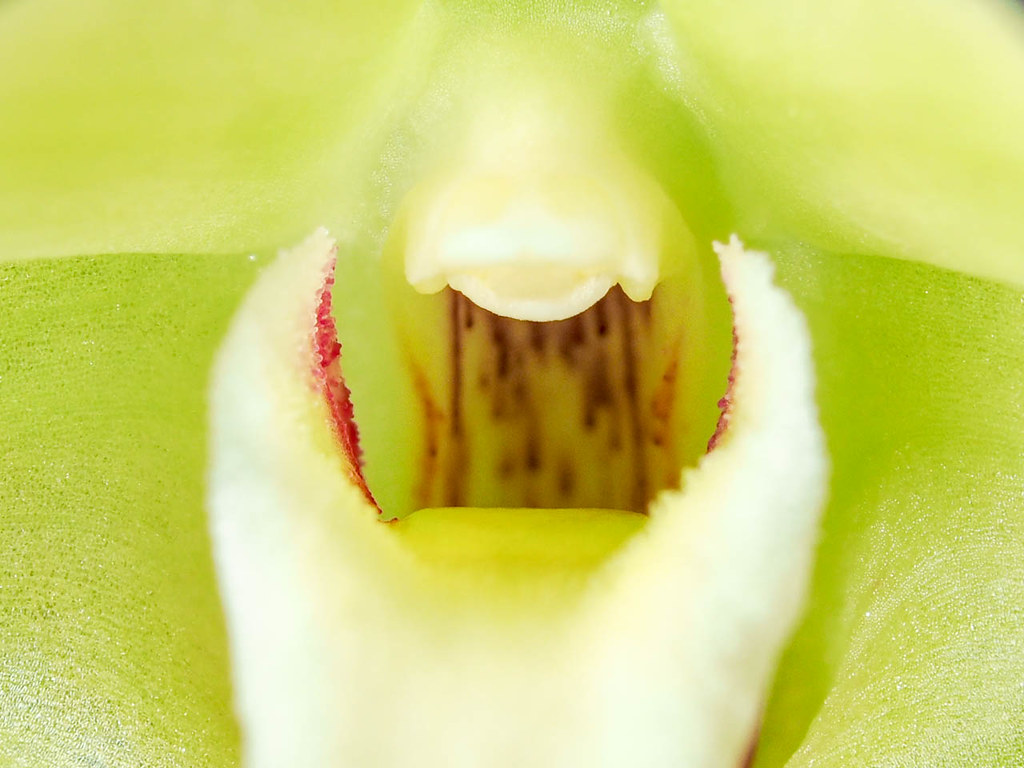
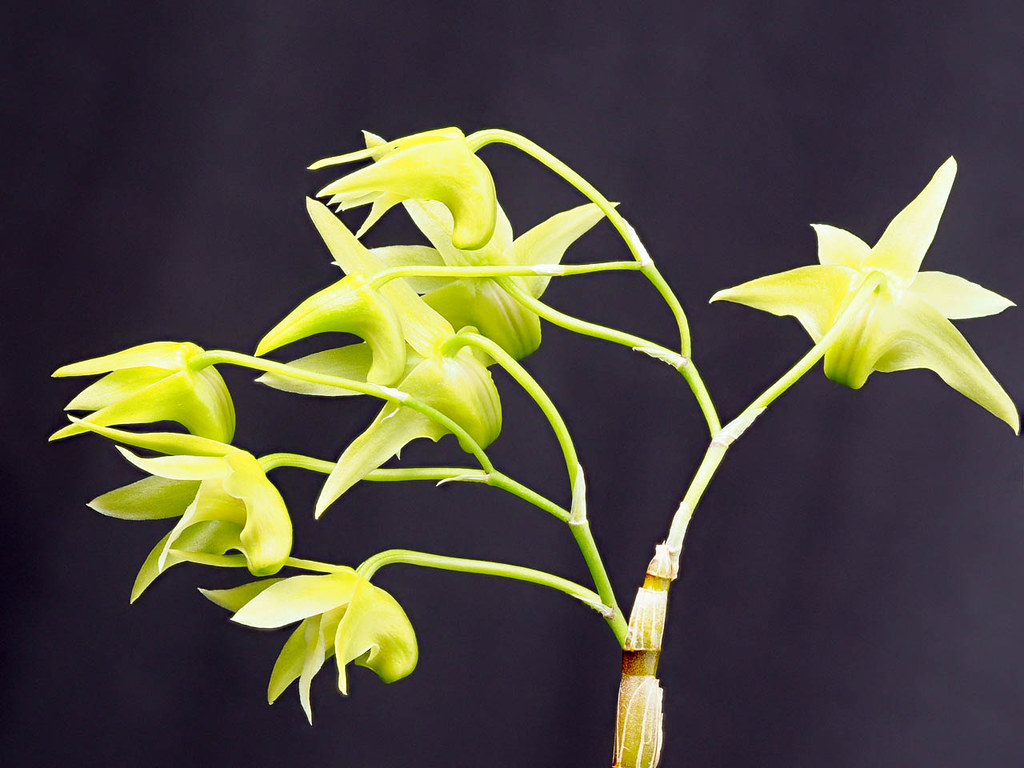
Nomenclature history:
Ormerod considered that D. officinale, D. tosaense, D. sticklandianum, D. pere-faurieri and D. catenatum were the same species. Among these four names, D. catenatum is the oldest name. However, Jin and Huang's (2015) investigation shows that the identity of D. catenatum is questionable. When Lindley described D. catenatum (link to the original description), he based the description on two specimens. One is a Japanese specimen by Thunberg. Thunberg errorneously considered it to be conspecific as D. moniliforme, but Lindley pointed out that it is a separate species. The second specimen is an illustration by Reeves. After examining the illustration, Jin and Huang (2000) concluded that the features on the illustration are a mix of various Dendrobium species, and it cannot be D. officinale. Later, when Ormerod proposed D. catenatum as the name of these five synonymous species, he unfortunately designated Reeves drawing as the lectotype. So D. catenatum with this typification can't be synonymous to D. officinale. Since D. officinale occurs in Japan, the original description of D. catenatum by Lindley was partly based on the correct species. It seems better to assign the correct type to D. catenatum and use the name, but I guess I don't understand the typification rules.
After invalidation of D. catenatum, there are several other names to choose from. Generally, we are supposed to choose the oldest name, but the chosen name D. officinale is actually youngest; D. stricklandianum (1877), D. tosaense (1891), D. pere-fauriei (1916), and D. officinale (1936). Jin and Huang (2015) thought that because D. officinale was widely used while other names were rarely used in literature, conserving the common name would minimize the confusion.
The vote by the Nomenclature Committee for Vascular Plants of International Association of Plant Taxonomy also supported Jin and Huang's proposal by 11 yes to 6 no (minimum of 11 yes votes are required), and they recommend to conserve the name D. officinale (Applequist 2016).
The Japanese name of this species is Kibanano Sekkoku (キバナノセッコク), which means yellow flowered Dendrobium.
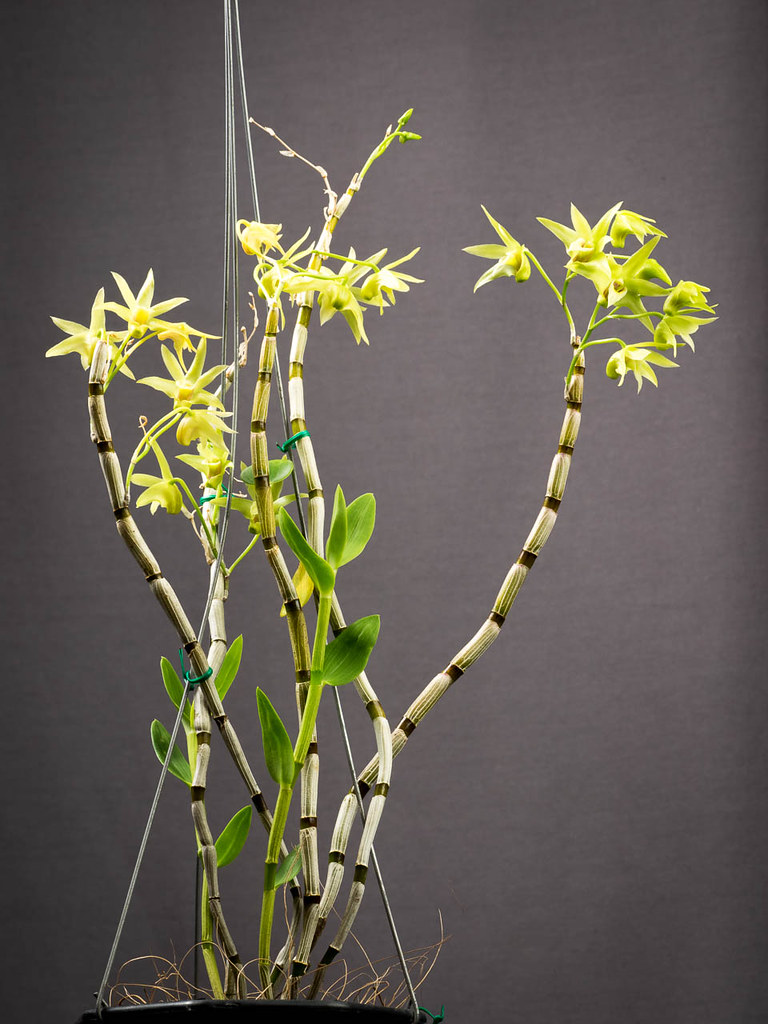
Flower disection:
 |
| Column, column foot and lip. |
 |
| The lip was fairly thick, and it was difficult to flatten. I broke it while I was trying to make it flat. |
 |
| column foot. The lip is attached to the left side. The white part on the right is the column. The anther cap is removed. |
 |
| The apex of the column without the anther cap. Frontal view. |
 |
| Column from the bottom side. The greenish part is the stigma. |
 |
| Column from the top side. |
Literature Cited:
- Applequist, W.L., 2016. Report of the nomenclature committee for vascular plants: 67. Taxon, 65(1), pp.169-182. (abstract)
- Cakova, V., Bonte, F. and Lobstein, A., 2017. Dendrobium: sources of active ingredients to treat age-related pathologies. Aging and disease, 8(6), p.827. (full text)
- Ding, X., Xu, L., Wang, Z., Zhou, K., Xu, H. and Wang, Y., 2002. Authentication of stems of Dendrobium officinale by rDNA ITS region sequences. Planta Medica, 68(02), pp.191-192
- Jin, X. and Huang, L., 2015. (2352) Proposal to conserve the name Dendrobium officinale against D. stricklandianum, D. tosaense, and D. pere-fauriei (Orchidaceae). Taxon, 64(2): 385-386.
- Li, G.L., Zhang, J.X., Zeng, S.J., Wu, K.L. and Duan, J., 2013. Systematic position of Dendrobium huoshanense inferred from ITS, Nad intron2 and psbA-trnH DNA sequences. Guangdong Agric Sci, 13, pp.145-147.
- Ormerod P. 2000 Orchidaceae fragmentae (continued), part 2. Oasis 1. (4): 14-17
- Tang, H., Zhao, T., Sheng, Y., Zheng, T., Fu, L. and Zhang, Y., 2017. Dendrobium officinale Kimura et Migo: A Review on Its Ethnopharmacology, Phytochemistry, Pharmacology, and Industrialization. Evidence-Based Complementary and Alternative Medicine, 2017. (abstract)
- Xiaohua, J., Singchi, C. and Yibo, L., 2009. Taxonomic revision of Dendrobium moniliforme complex (Orchidaceae). Scientia horticulturae, 120(1), pp.143-145.

Comments
Post a Comment